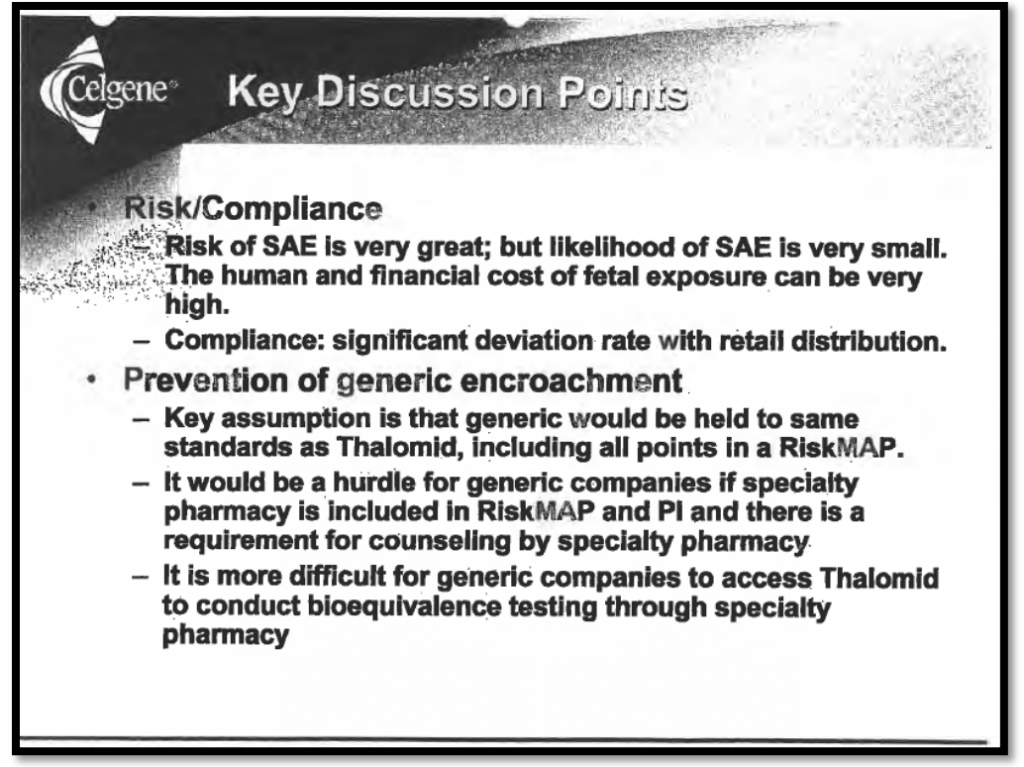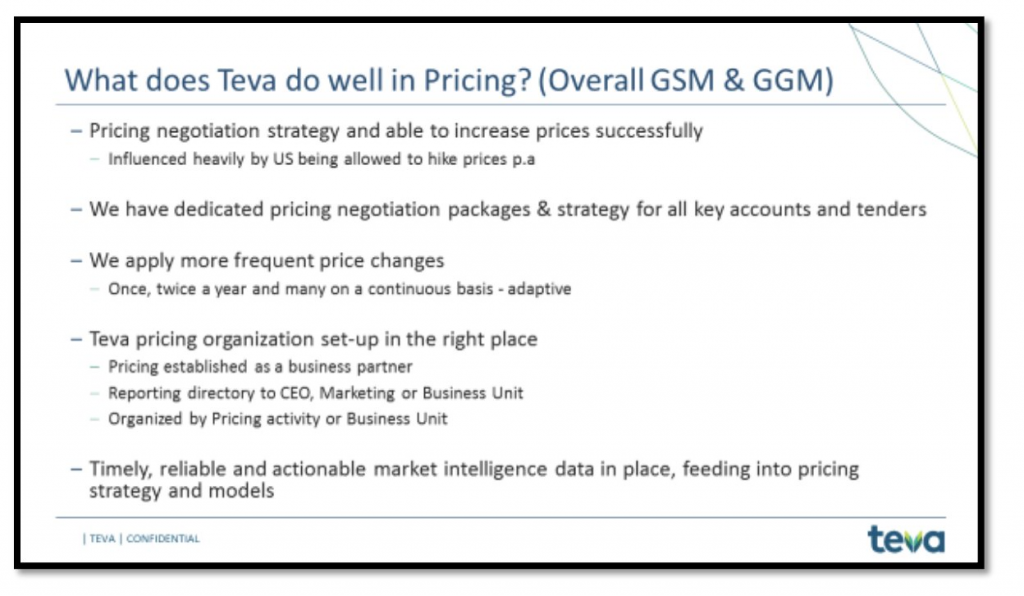By Sarah Kaminer Bourland, Legislative Director
1. Pharma Claim: High prices exist to recoup R&D, not drive profits.
The reality: In a 2014 email from Mark Alles, Celgene’s CEO, the executive admits that he’s planning a price hike to meet sales targets. Furthermore, the investigation concluded that Celgene’s internal pricing decisions “were divorced from its calculus regarding future R&D or recouping of past R&D expenditures.”

2. Pharma Claim: We make life-saving drugs — it’s not about the money for us.
The reality: Instead of inviting a competitive market, drug companies thwart competitors at every turn. When news broke that a generic competitor had been delayed, Teva employees celebrated by exchanging emails about the financial implications for their bonuses.

3. Pharma Claim: Our decision-making centers on the safety and well-being of patients.
The reality: Celgene has long cited “safety” concerns as the company’s rationale for blocking generic competition through the FDA’s risk evaluation and mitigation strategies (REMS) program. But internal documents published today show that the company views their REMS program not as a means to promote safety, but as a tool to prevent “generic encroachment” and extend its monopoly.

4. Pharma Claim: Charity programs ensure our drugs are affordable and accessible.
The reality: An internal presentation reveals that Teva averages a 451 percent return on every dollar invested in its copay assistance program. Teva’s program covers out-of-pocket expenses for patients while generating a full reimbursement for the drug corporation from each patient’s insurance company.

5. Pharma Claim: We support solutions to lower drug prices for patients.
The reality: Between 2017 and 2020, Teva spent $11.6 million lobbying Congress in order to thwart reforms that would harm its bottom line. According to internal documents, one of Celgene’s internal goals was to prevent the “legislative erosion” of the program it uses to prevent generics from coming to market.

6. Pharma Claim: High prices fuel new drugs.
The reality: Copaxone generated $34.2 billion in net U.S. revenue for Teva over nearly two decades. The drug corporation spent only 2 percent of that on R&D for the drug. Instead, Teva invested in developing “new” versions of old drugs that offer no therapeutic benefit.

7. Pharma Claim: Pharmacy benefit managers are responsible for price increases.
The reality: Drug companies alone set and control prices. In company PowerPoints, Teva boasted about its success increasing prices.

###
